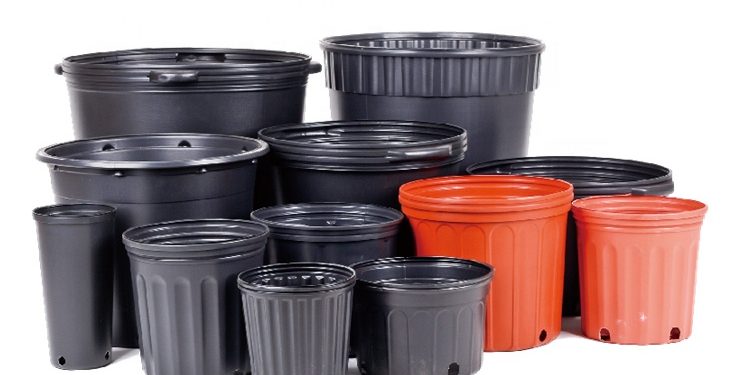The health of a plant’s root zone is central to its overall well-being and productivity. In this comprehensive blog post, we will take a detailed look at how nursery pots contribute to root zone health:
- Size and Growth: Selecting the right size of nursery pots ensures that the root zone has enough space for proper growth and expansion, allowing plants to access essential nutrients.
- Material Considerations: Dive deeper into the materials used in nursery pots, examining their impact on root health. Different materials offer varying levels of insulation and aeration.
- Drainage and Aeration Features: Explore the importance of drainage holes and aeration features in maintaining a healthy root zone. These features prevent waterlogging and facilitate oxygen exchange.
- Root Zone Diseases: Understand how the design of nursery pots can influence the development of root zone diseases. Properly chosen pots can minimize the risk of common issues like root rot.
- Transplantation Benefits: Delve into the advantages of nursery pots when it comes to transplanting seedlings. Their design promotes minimal root disturbance, ensuring a smoother transition.
- Environmental Stressors: Learn how nursery pots act as a protective barrier against external stressors such as temperature fluctuations, pests, and wind, allowing plants to focus on root development.
By gaining a deeper understanding of how nursery pots contribute to root zone health, you can make more informed decisions to foster vigorous plant growth.






